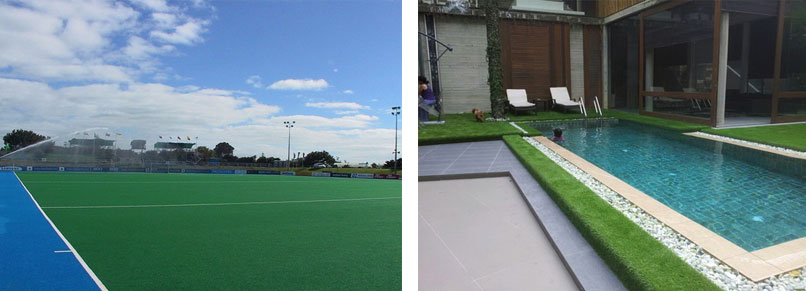Artificial Grass’ Growth Unabated
- 2016-05-14
With synthetic turf surfaces now firmly established, completely new types of artificial grass, utilising sand or rubber infill are being continually developed.
These “next generation” or “third generation” synthetic turf surfaces are generally regarded as safe to play on as a typical natural grass surface, perhaps even safer in cold conditions.
The need for artificial turf is escalating in Southeast Asia, especially in Indonesia and Thailand. The former is a big country and its people are very interested in soccer. Yet, it lacks space, which in part goes to explain the rapid growth of futsal and indoor soccer centres.
Since the early 1990s, the use of synthetic landscape grass in the more arid Western states of the United States has moved rapidly beyond athletic fields to residential and commercial landscaping. This trend has been driven by a dramatic improvement in the quality and availability of artificial grass in hand with the reduced cost of maintenance compared to natural grass. Moreover, the realisation that artificial lawns can be a significant water conservation measure facilitates the trend, especially in areas where water usage is a concern.







